What Kind of Data Should First and Second Grade Teachers Collect in Reading
Data collection is non necessarily every teacher'due south cup of tea, only in today's educational activity climate, it's definitely a necessity. After all, skilful data tin provide of import information to teachers and students and go a long way toward improving instruction and learning. And if keeping runway of all the streams of information coming your style is not exactly your stiff suit, here are a few hacks we found to make the process easier and (peradventure) merely a fiddling scrap more fun.
1. Teacher Binder.
In the globe of information collection, this folder is going to be your best friend. Think of it every bit command primal for all things numerical. This version has sections defended to parent communication, behavior and assessment data—all brilliantly organized and easy to set upwards for even the near organizationally challenged.
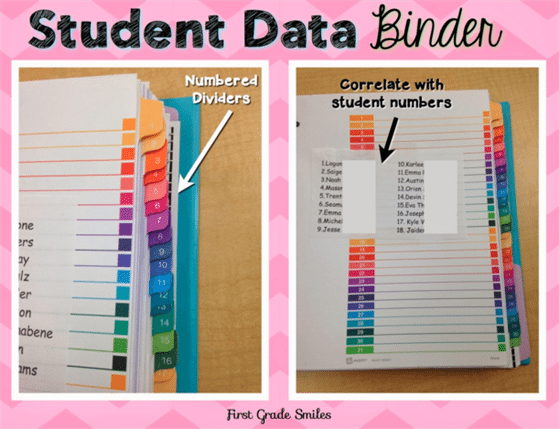
SOURCE: Commencement Class Smiles
2. Data Tracking Sheets for Your Binder
In addition to the documents included in a higher place, you can add these documents to your fabulous binder as well.
![]()
SOURCE: Brandy Shoemaker
iii. Color-Coded Data Clipboards
If you teach special sections or small-scale-group classes, y'all can keep each student's information conveniently attached to a clipboard—color coded and then there'southward no need to burglarize through to brand sure y'all've got the right one—hung on a pegboard. These are quick and easy to catch then you lot can take notes when meeting with individual students.
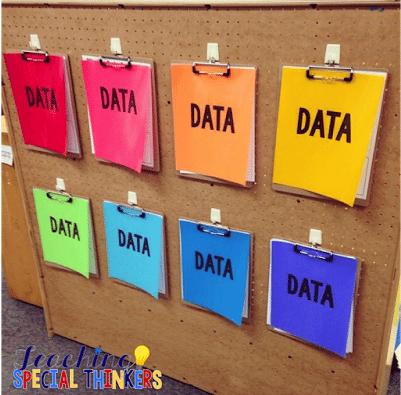
SOURCE: Educational activity Special Thinkers
four. Storage Crates
Oft you want to hold on to papers after you lot record the numbers. Rather than keeping copies of assessments in your teacher binder, making it bulky and overstuffed, this crate system is a great way to keep runway of piece of work samples and other portfolio items.
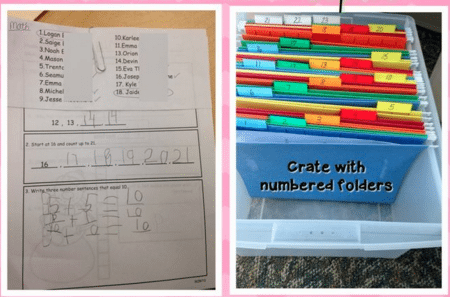
SOURCE: Outset Grade Smiles
five. Labeled Bins
If your school requires weekly information reports, you can shop them here for easy access. Each pupil can collect his or her study to have home on the assigned day.
Also, if your students utilise their own folders to track data, this is a handy storage place. Kids can admission their folders when they are needed, merely there's no gamble of them getting crumpled into their desks or being lost.
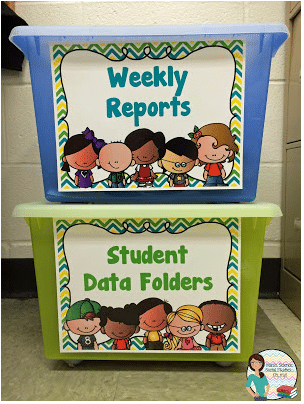
SOURCE: Math, Science, Social Studies … Oh My!
half dozen. Viscid-Annotation System
Be even so our hearts: sticky notes! They're right up at that place in the popularity ranks with Ziploc bags for most teachers. This is hands-downwards the easiest, quickest way to keep track of anecdotal notes and informal observations.
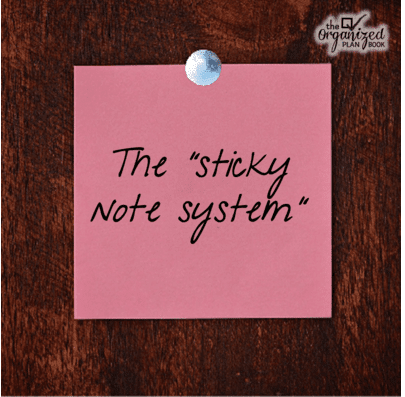
SOURCE: The Organized Plan Book
seven. Easy Bar Graph
Under the category "Work smarter, not harder," this genius thought enlists your students' help to record their individual information onto a strip of graph paper, which the instructor then pastes together inside a manila binder. Voilà! Instant information bar graph!

SOURCE: Tonya's Treats for Teachers
eight. Data Folders for Students
Keeping track of their own data (for sure types of assessments like spelling tests, math facts, reading fluency scores, etc.) gives students buying of their work and progress and provides them an opportunity to work on their graphing skills to boot!
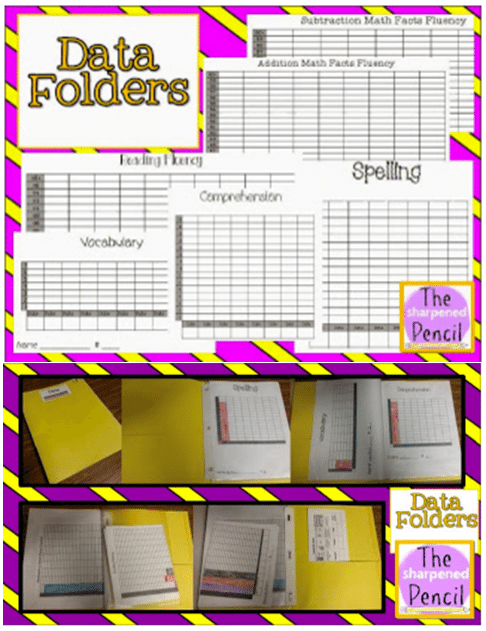
SOURCE: The Sharpened Pencil
9. And More than Data Tracking Sheets for Students
We like these sheets from blogger Bunting, Books, and Brilliant Ideas as well!
![]()
SOURCE: Bunting, Books, and Vivid Ideas
10. Citizenship Binder
Another genius hack! A tracking system for pupil accountability—all collected by students as role of weekly jobs. Kids have responsibility for monitoring their ain beliefs, organization and homework. What a keen tool for cultivating ownership of their own learning!
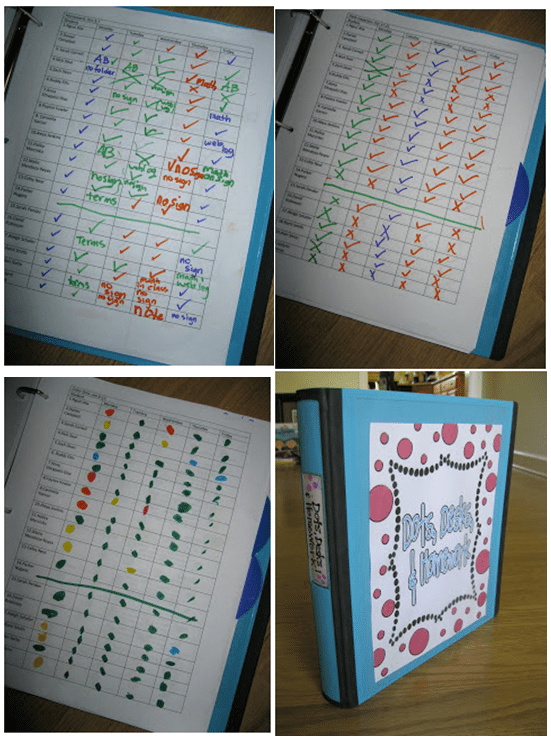
SOURCE: I Instructor'southward Take
11. Information Collection Cheat Sheet
A quick and easy reference chart for Speech Language Therapists to utilise as a consequent, objective manner to measure minimal vs moderate vs maximal cueing.
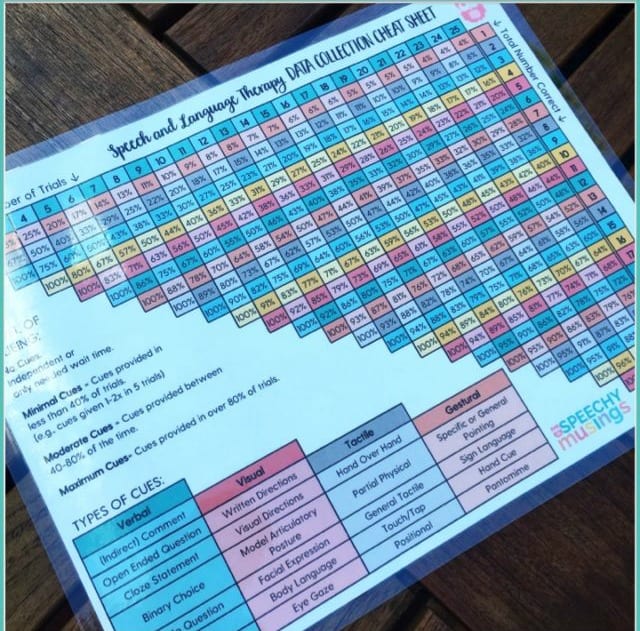
SOURCE: Speechy Musings
12. Use Progress Monitoring Rings
Create an individual tape keeper for each of your students with this costless progress monitoring ring gear up. Less beefy than a notebook, less formal than a clipboard and pen. For a full tutorial on her system, read Mrs. D'southward web log.
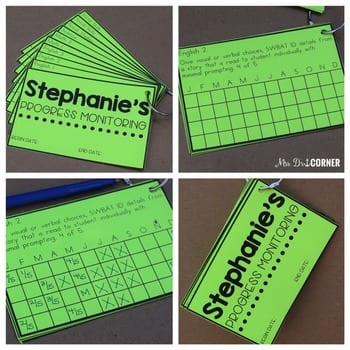
SOURCE: Mrs. D'due south Corner
Doing Information Walls the Correct Way
There's no doubt that publicly displaying student achievements on classroom information walls as a means of motivating students is a controversial subject. Nonetheless, nosotros found some adorable examples of data walls that might just practice the trick. The key to these boards is that they are express to a single skill fix of foundational skills that generally require memorization. Giving students permission to monitor their own progress makes it feel more like a game than a report card.
thirteen. Flight High
Kids tin can add their ain bow to the tail of each kite as they master the skills listed.
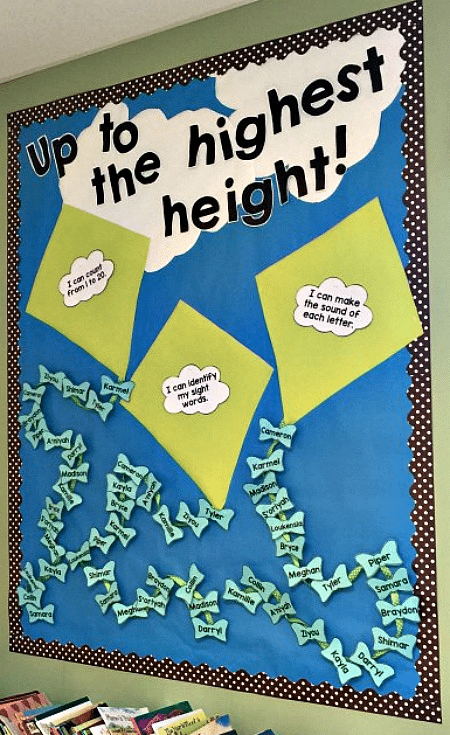
SOURCE: Creativity to the Core
14. Fact Family unit Flowers
Students get to decorate and attach their own collywobbles to each fact family flower.
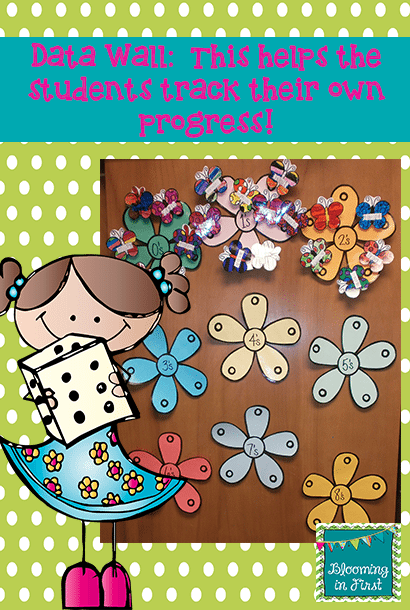
SOURCE: Blooming in Outset
15. Sight Word Gumball Machines
Each educatee gets to add a gumball to the gumball machine as they master each sight give-and-take.
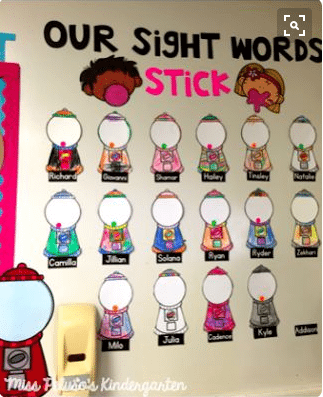
SOURCE: Miss Peluso's Kindergarten
16. Letter/Sound Correspondence
Early learners can add a banana with their name on information technology to each cluster as they master the individual letter of the alphabet sounds.

SOURCE: Pinterest
What's your go-to hack for data collection? Come share in our WeAreTeachers HELPLINE! Facebook group.
Likewise, check out these classroom procedures that will salvage your sanity!
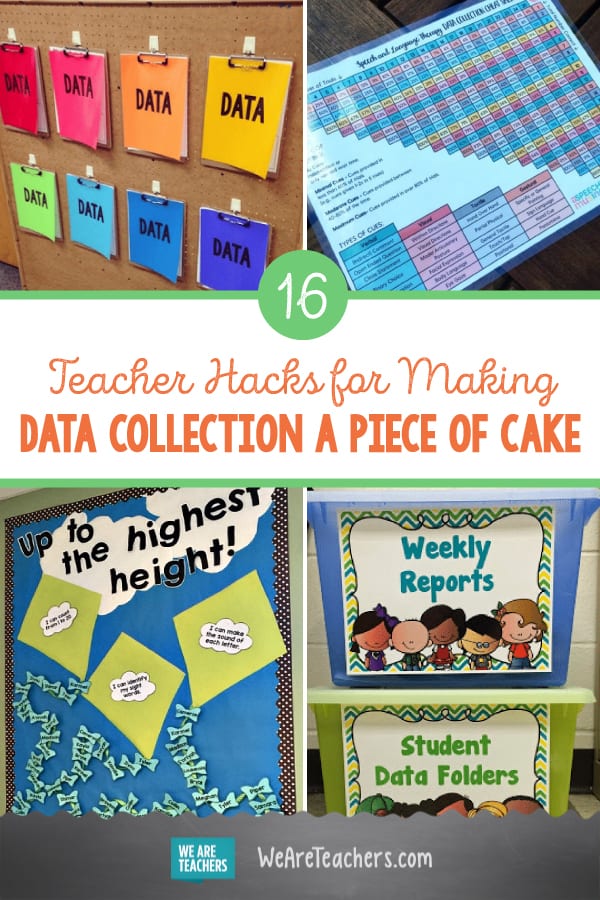
pepperthavercuris.blogspot.com
Source: https://www.weareteachers.com/16-teacher-hacks-for-making-data-collection-a-piece-of-cake/
0 Response to "What Kind of Data Should First and Second Grade Teachers Collect in Reading"
Post a Comment